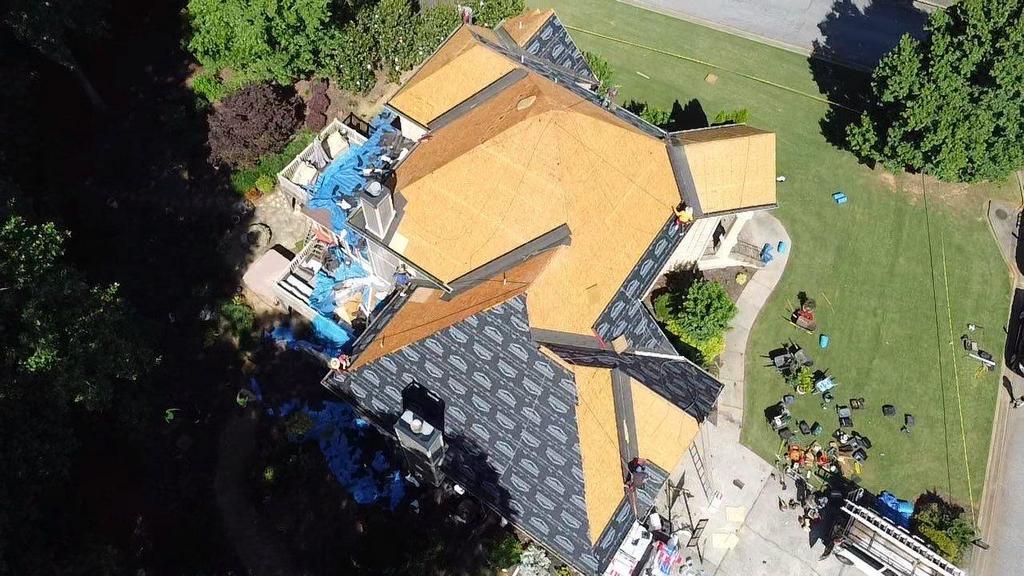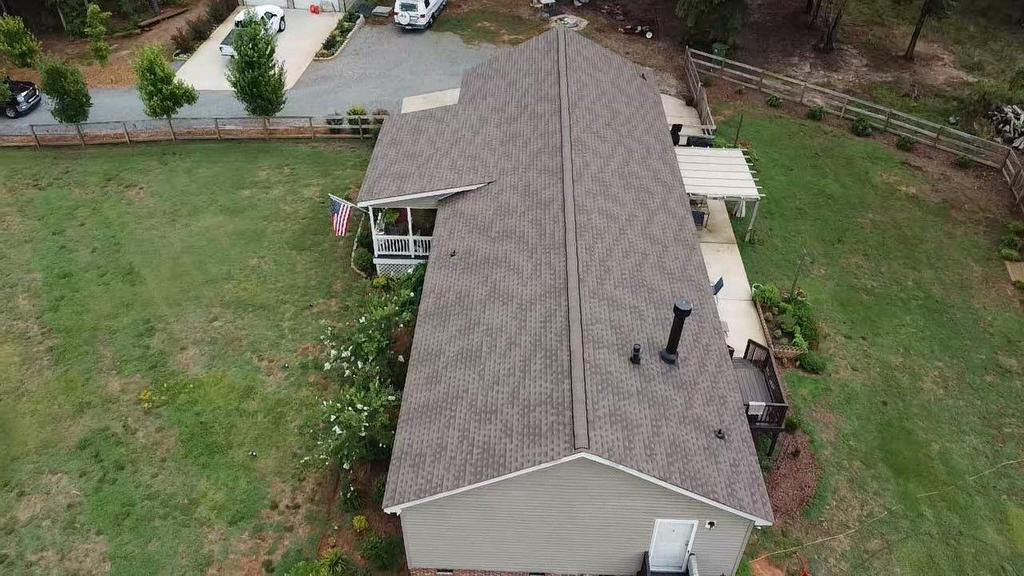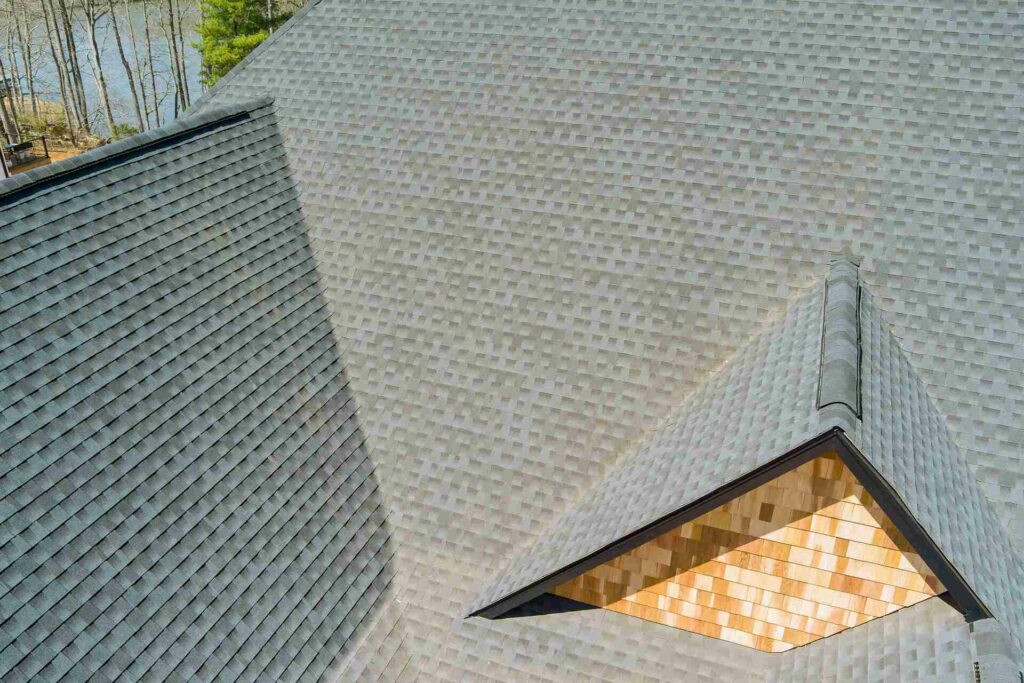
When it comes to your home’s structure, the roof is one of the most important features to understand. A roof system isn’t just a single piece; it consists of many parts that work together to protect your home from the elements, provide structural integrity, and boost your property’s curb appeal. Understanding roof terminology and the parts of a roof will help you better maintain your roof and make informed decisions when it comes to repairs, replacements, or upgrades.
There are many roof components that support the overall function of your roof. These parts of a roof play different roles, from keeping moisture out to supporting proper air circulation. Whether you have a pitched roof, hip roof, or a gable roof, knowing the parts and how they work together will give you a better understanding of your roof’s design and performance.
To help you navigate the world of roof systems, let’s break down the essential parts of a roof, starting from the foundation and working our way up.
The roof decking (also known as the roof sheathing) is the base layer of the roof. It is the surface on which the roofing material is applied. This is typically made from plywood or oriented strand board (OSB), and roof decking provides structural support for the rest of the roof system. The roof decking is also the foundation for the roof flashing and shingles.

The roof plane refers to the flat surface that forms each section of the roof. It can be either sloped or flat, depending on the style of the roof. For example, a pitched roof has multiple roof planes that slope downward, while a flat roof will have a single horizontal plane. The roof plane also plays a major role in draining rainwater and snow.

At the highest point of your roof, you’ll find the ridge. This is the horizontal line that runs along the top of the roof, where two roof planes meet. The ridge vent is installed along the ridge to allow hot air and moisture to escape from the attic, which also encourages better air circulation and prevents the buildup of heat and moisture.

Roof flashing is another critical component of your roof’s design. It’s typically made of metal and is used to seal areas where the roof meets other structures, like chimneys, vents, and skylights. The flashing also prevents water from entering these vulnerable areas by directing it away from the roof to keep the interior of your home dry. Chimney flashing and skylight flashing are common examples of roof flashing.

The roof valley is the area where two sloping roof planes meet, forming a “V” shape. Valleys are a crucial part of your roof’s drainage system because that’s how they direct water down the roof and into the gutters. Proper installation of roof valley flashing ensures that rainwater doesn’t leak into your home at the joint of two roof planes.

The drip edge is the metal strip installed along the edge of the roof to help water flow off the roof and into the gutters. It prevents water from seeping under the shingles and causing damage to the roof decking or fascia. The drip edge also protects the edges of the shingles from curling and provides a clean, finished look along the roof’s edge.

The fascia is the board that runs along the edge of your roof, just below the shingles. It is attached to the ends of the rafters and helps support where the gutters are attached. The soffit, on the other hand, is the underside of the roof’s overhang. It’s typically made of vented materials to allow for proper airflow and to prevent moisture buildup in the attic. The combination of the fascia and soffit creates an important part of the roofline’s structure and the overall air circulation in your home.

The roofing material is the outermost layer of the roof and serves as the primary barrier against the elements. There are many types of roofs and roofing materials, each with its own benefits. Asphalt shingles are a popular choice because of their affordability and durability, while metal roofing offers longevity and resistance to harsh weather. Other materials like slate, tile, and wood shakes can also be used depending on aesthetic preferences and other conditions. The type of roofing material you choose will have a significant impact on your roof’s performance and appearance.

The entire roof system, from the shingles to the flashing, is designed to protect your home from the elements and ensure the structural integrity of your property.
Here’s a closer look at how these parts come together:
Understanding the different types of roofs can help you decide which one may work best for your home or building. Here are some common roof types:
Knowing the parts of a roof and roof terminology can help you take better care of your roof and home. Whether you’re looking at roof repairs, a roof replacement, or a new roof installation, knowing how these parts work together can help you make informed decisions. Choose ProShield Roofing for regular inspections and maintenance of your roof components and we’ll help ensure your roof lasts for years to come.